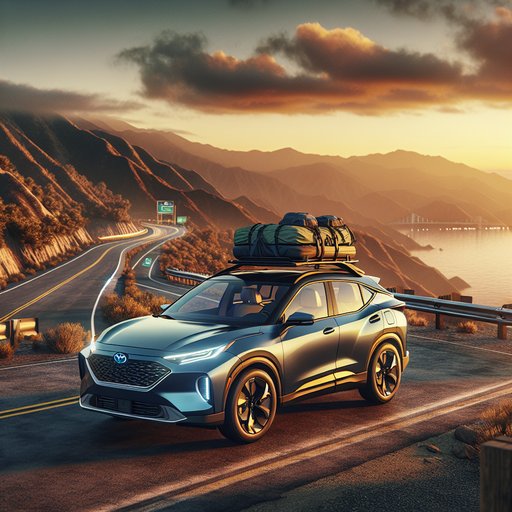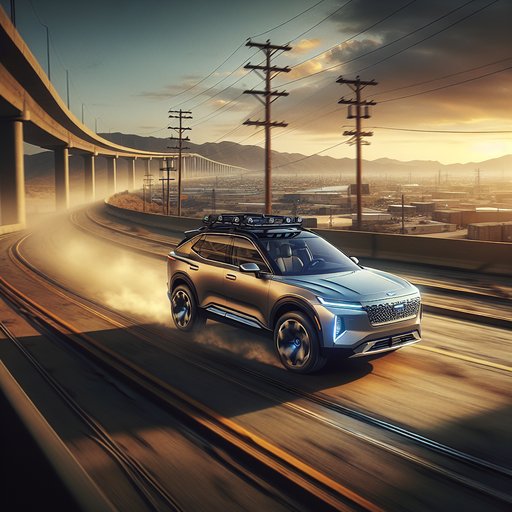
Volkswagen has revealed its latest addition to the electric vehicle lineup with the ID. CROSS Concept, a compact SUV aimed at making electric mobility more accessible. The new model, showcased at the IAA (International Motor Show), represents Volkswagen's strategic push into the affordable electric vehicle segment [1].
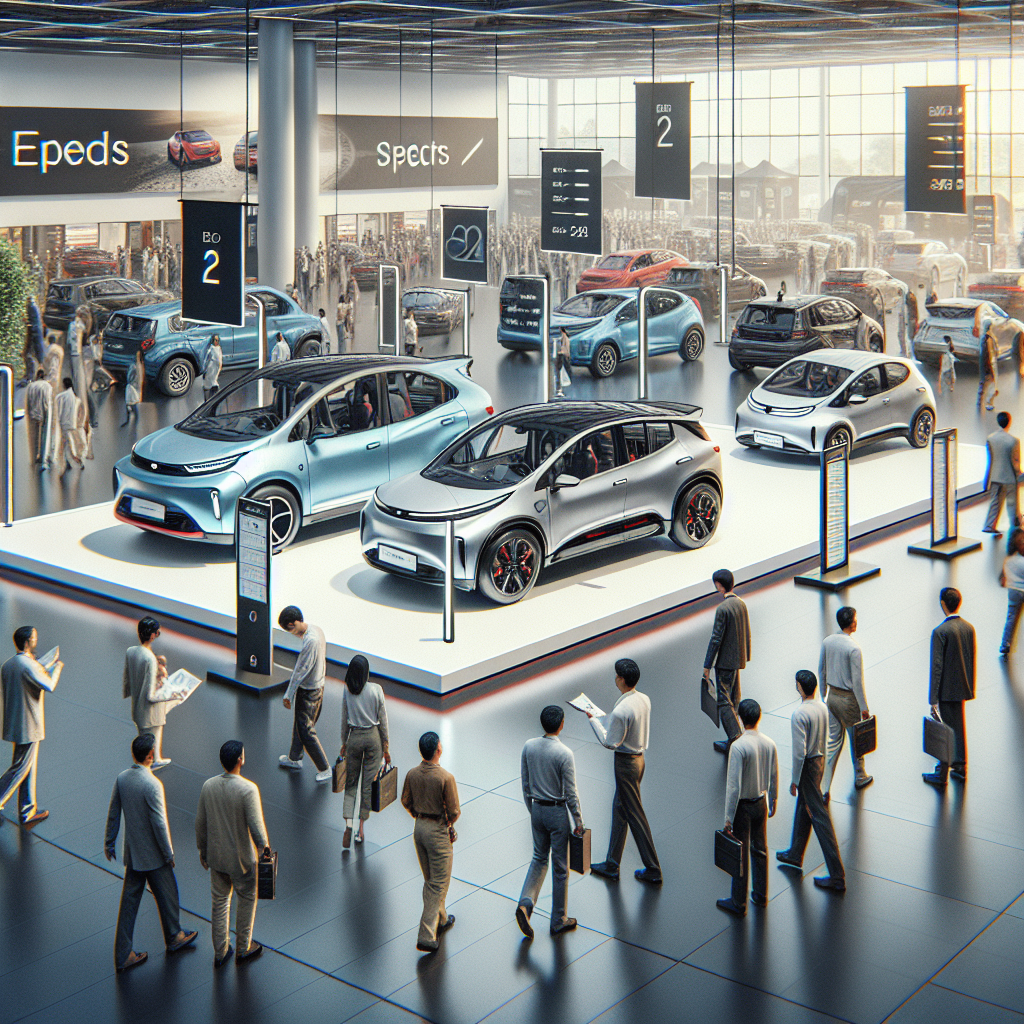
The global automotive landscape is experiencing a significant shift as Chinese manufacturers make unprecedented inroads into European markets, particularly in the UK, while established players adapt their strategies to maintain competitiveness. Recent market data shows a complex picture of traditional automakers facing new challenges while electric vehicle manufacturers continue to gain ground, with Tesla notably bucking overall market trends in the UK [1].
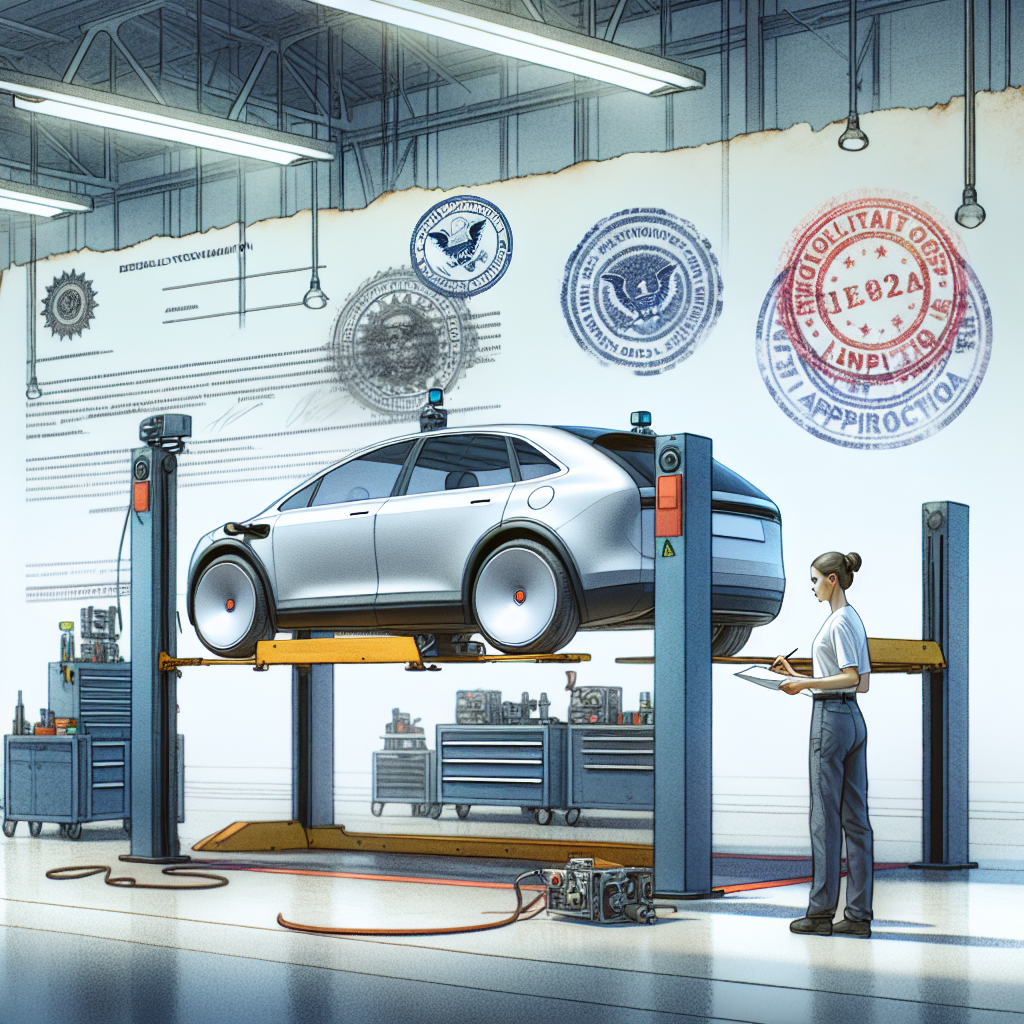
The National Highway Traffic Safety Administration (NHTSA) is taking significant steps to streamline the regulatory process for autonomous vehicles, marking a potential turning point for self-driving technology in the United States. The agency is implementing changes to make it easier for autonomous driving companies to obtain Federal Motor Vehicle Safety Standards (FMVSS) exemptions [1].
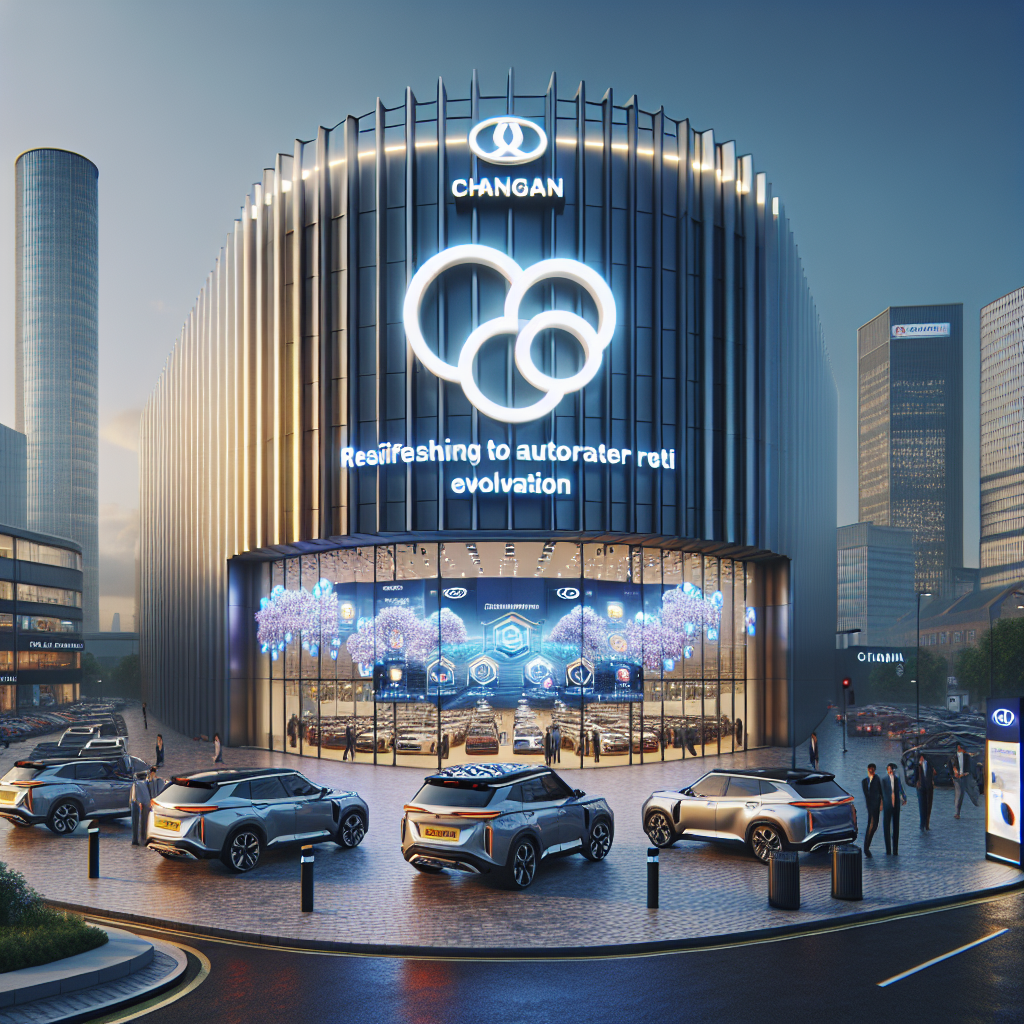
In a significant move that could reshape Britain's automotive retail landscape, Chinese manufacturer Changan has announced comprehensive plans to establish its presence in the UK market. The historic Chinese brand is implementing a strategic approach that combines traditional dealership networks with modern retail concepts, marking one of the most ambitious market entry plans by a Chinese automaker in Europe [1].
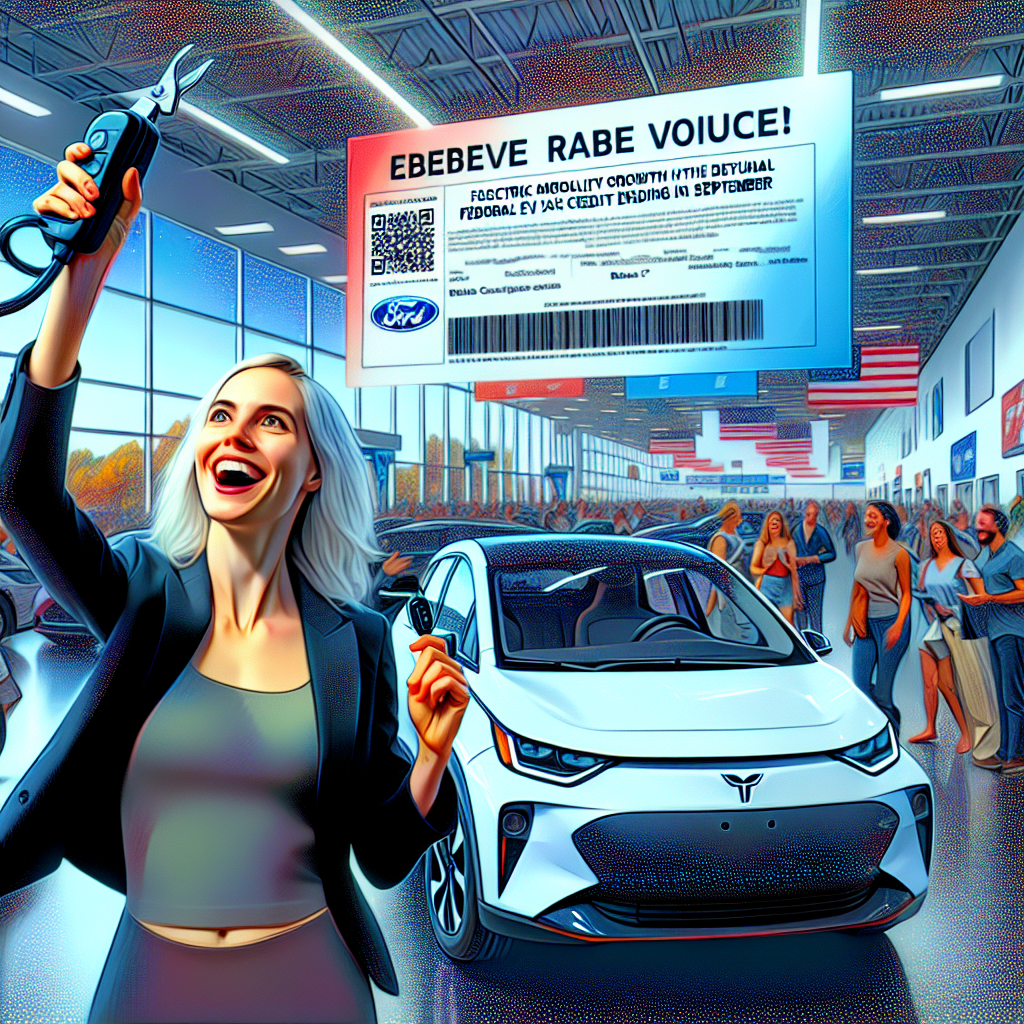
Electric vehicle buyers across the United States are racing to dealerships as the federal $7,500 tax credit program approaches its September 30 deadline. The impending expiration of this significant purchasing incentive has sparked a surge in EV sales and heightened interest in electric vehicles, with manufacturers and dealers reporting increased activity in showrooms and online inquiries [1].
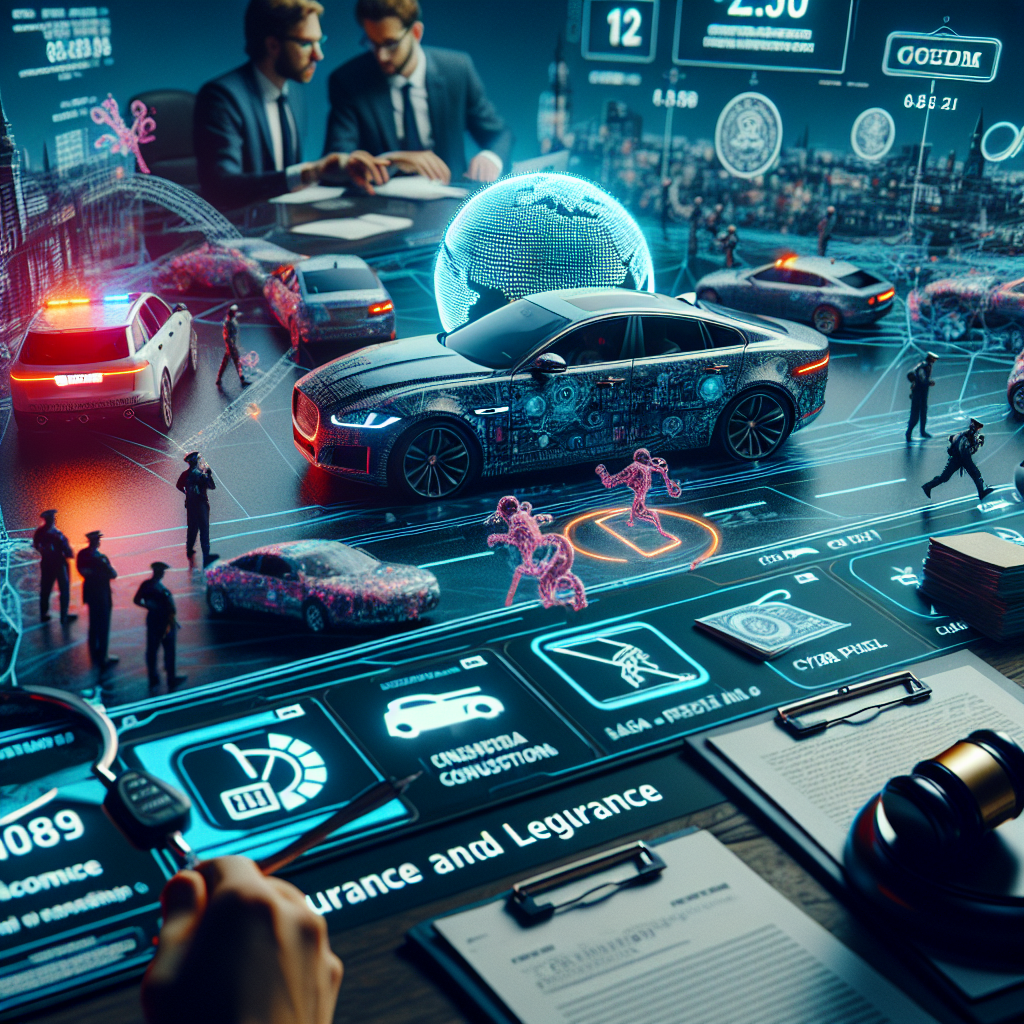
A major systems outage at Jaguar Land Rover has escalated into a legal and practical headache for would‑be owners, with police and cyber specialists drafted in as the company races to restore operations. The disruption is so extensive that no new Land Rover vehicles can currently be built or registered, cutting off the final administrative step that makes a car legally road‑ready and delaying handovers to customers. The manufacturer describes the issue as a global system fault, underscoring how deeply digital infrastructure now underpins production and the paperwork drivers rely on to get moving. For motorists and dealers, the immediate concern is timing: without registrations, deliveries cannot cross the finish line, even if a vehicle is otherwise ready to go [1].

A newly highlighted trove of classic cars stored in a mysterious bunker has set the enthusiast world abuzz, chiefly because no one seems to know who assembled it—or why it was left sealed with “millions” in automotive history underground [1]. The find has quickly become a talking point for preservationists and market watchers alike, combining the allure of a barn‑find story with the logistics of safeguarding potentially significant vehicles. With ownership and provenance still unclear, the discovery underscores how fragile and compelling automotive heritage can be—raising hopes that, once documented, these cars might be restored, exhibited, or eventually offered to the public, in person or at auction, in a way that does justice to their historical and cultural value [1].

In a surprising move that bridges Formula 1 and MotoGP worlds, former Haas F1 team principal Guenther Steiner has completed a takeover of the Tech3 KTM MotoGP team [1]. This acquisition marks a significant shift in MotoGP team ownership and brings fresh leadership to one of the sport's established satellite teams.

In a significant move for autonomous vehicle adoption, Tesla has opened up its Robotaxi service to public waitlist registrations through a new iPhone app, while the U.S. Transportation Department signals a more welcoming regulatory environment for self-driving technology [1]. This development comes as various autonomous vehicle companies position themselves for expanded operations across the United States.
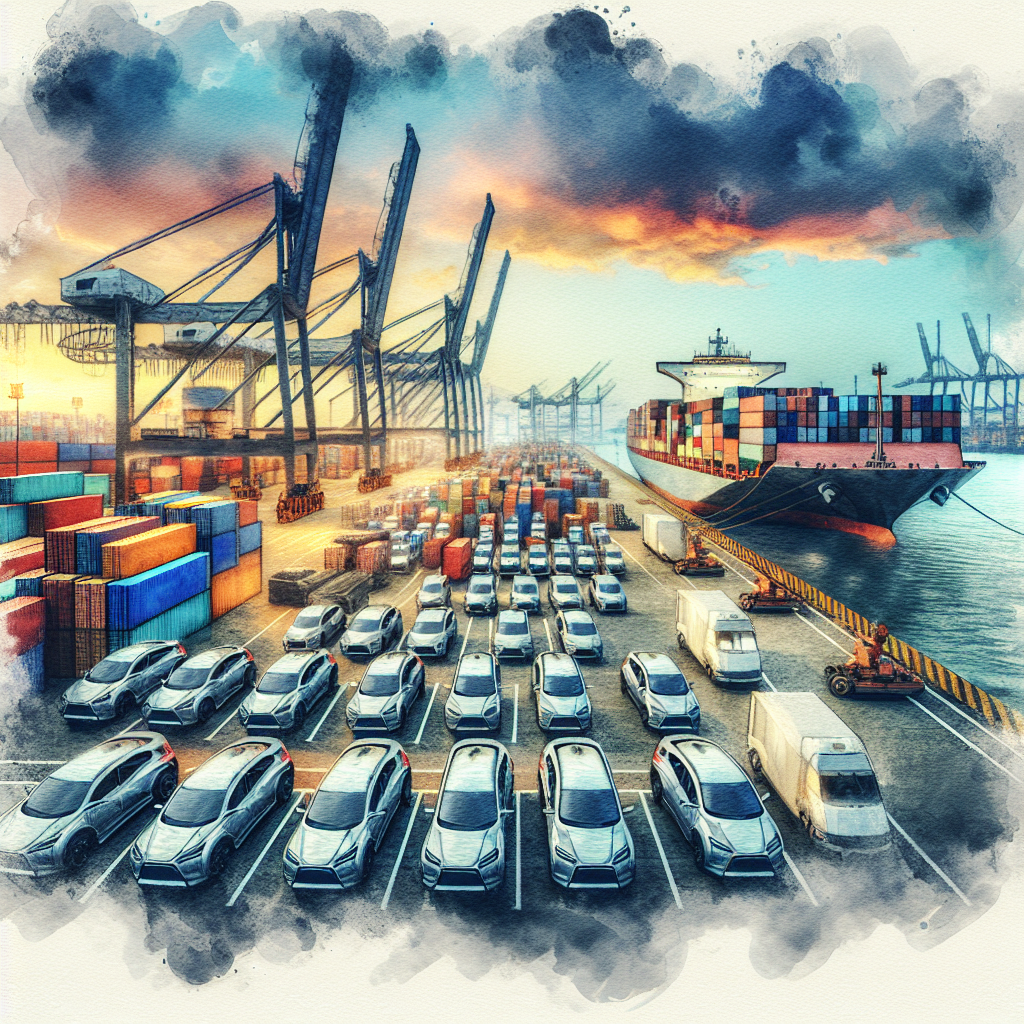
A series of immigration enforcement actions at key battery manufacturing facilities has created significant disruptions in the electric vehicle supply chain, threatening production schedules for major automakers. The raids have exposed vulnerabilities in the EV battery production ecosystem, highlighting the industry's dependence on specialized labor and raising concerns about potential impacts on the rapidly growing electric vehicle market [AInvest].

